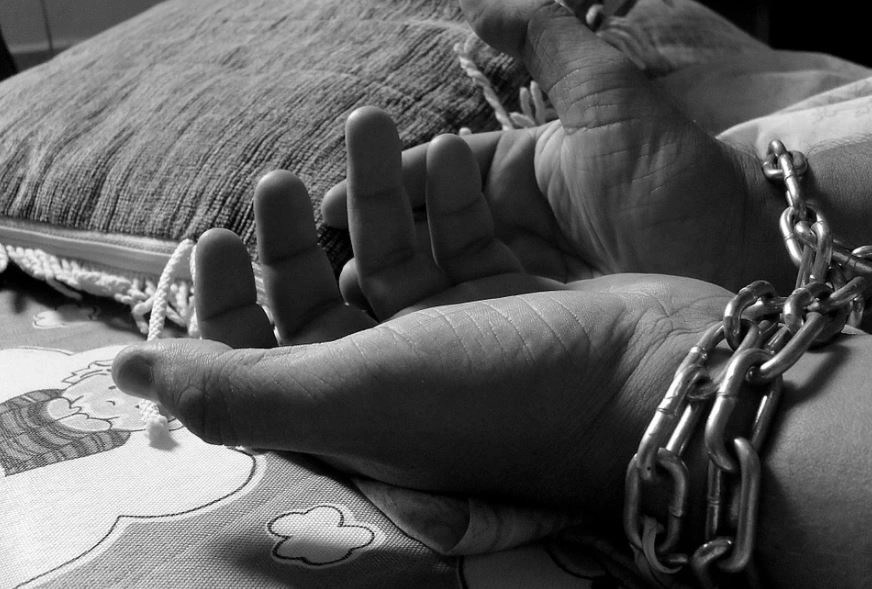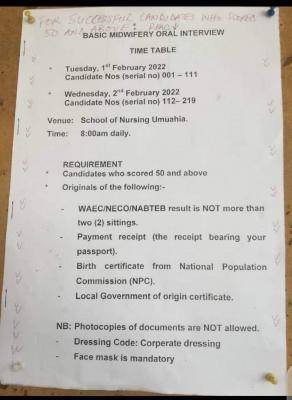
What is Human Trafficking?
In general, human trafficking (also known as “Human Smuggling”) is the illegal trade of human beings for exploitation purposes, whether sexually, labor-wise, or under other modalities. Human Trafficking affects women and kids primarily, but men too are often victims of human trafficking.
According to the “International Labour Organization” report of 2012, an estimated 4.5 million people were victims of forced labor globally in a business year. Forced labor is when persons are coerced into working through mental or physical threats, abuse of power, or deception followed by intentional withholding of travel documents. Women & children account for 98% of all trafficked labor across the globe, and women & girls account for as much as 79% of Human Trafficking victims worldwide.
Human trafficking causes enormous loss to the economy as a whole as well as individuals. Human trafficked individuals are held in slave-like conditions endangering their lives and health by poor, inadequate food and little or no medical care. Living conditions for Human Trafficking victims range from utter deprivation, no work, and no pay through to debts and tied accommodation.
How Does Human Trafficking Work?
Human Trafficking involves recruiting, transporting, transferring, moving, or receiving persons by use of force, coercion, or other means to exploit them.
In the case of child and adolescent victims, it will be considered human trafficking with the performance of any conduct indicated, even when none of the suggested means has been utilized.
The consent given by the adult victim to all forms of exploitation has no legal effect when any of the means listed have been used.
Behaviors
Recruitment is understood as the form of recruitment or contact between the victim and the trafficker.
Transportation/Transfer is the displacement from the victim’s environment or community of origin to the environment or destination where the exploitation will occur. It is unnecessary to arrive at the destination for a trafficking case to happen but initiate the transit.
The reception, reception, and retention occur with the victim’s arrival to the environment or place of exploitation. The trafficker will exercise various forms of control or coercion over the victim.
Means of Exploitation
To facilitate the criminal conduct of recruitment, transport, transfer, reception, or retention, and to obtain the consent of the victim, the trafficker may resort to specific means:
- Violence, threats, or other forms of coercion.
- Deprivation of freedom.
- Fraud or deception.
- Abuse of power or a situation of vulnerability.
- Give or receive payments or any benefits.
Purposes
The criminal purpose of the trafficker is the exploitation of the victim and implies the violation of their human rights. This exploitation will include the following forms:
- Sexual exploitation: Forcing the victim to engage in prostitution, subject her to sexual slavery or other forms of sexual exploitation.
- Sale of children: Exchanging a minor for a sum of money.
- Labor exploitation: Forcing the victim to perform forced labor or services, slavery or similar practices, servitude, among other forms of labor exploitation.
- Begging: Forcing the victim to act begging, that is, asking for money or help by supplication to passers-by, and then depriving them of the money obtained.
- Extraction or trafficking of human organs or tissues: It involves both the removal of parts of a person’s body and the commercialization of these body parts, usually taking advantage of the economic difficulties of the victim.
The purpose of the trafficker does not necessarily have to be specified, and it is enough that he has carried out any of the behaviors to verify the intended purpose.
The most common types of uptake include:
- False job offers: They are given through employment agencies, notices published on the internet, markets, newsstands, or newspapers.
- Seduction: People dedicated to deceiving the victim in love and offering him a better life in another district or city.
- Internet: Chats, Facebook, and forums are spaces where criminals, using a false identity, contact their possible victims to gain their trust and deceive them.
- Sponsorship: The girl, boy, or adolescent is handed over to an acquaintance or relative who offers an education and a better quality of life in another place in exchange for the minor to support the housework. However, in many cases, this promise is false and ends up becoming an exploitative situation.
What are the Causes of Human Trafficking?
Human trafficking happens in almost every country globally and has an estimated annual revenue of 32 billion dollars. The causes of Human Trafficking can be both economic and social.
Human trafficking can occur due to macro-environmental factors such as poverty, political instability, structural adjustment policies, and globalization.
Poverty is the leading cause of human trafficking because it forces people into situations vulnerable to exploitation. When a family lives in a rural area with no access to education or employment opportunities, they may turn to traffickers who promise a higher standard of living for whoever they “sell.” For example, girls from impoverished families are forced into prostitution by being promised jobs like nannies or maids.
Another cause can be discrimination against women or minorities. In India, Human Trafficking is often used to supply brides for the wealthy.
Consequences of Human Trafficking
Human trafficking fuels illicit businesses estimated to be the third-largest criminal industry in the world after drug smuggling and arms dealing. Human trafficking also entrenches poverty by trapping families into an endless cycle of debt bondage where they are forced to work to pay off their loans. Moreover, victims promised employment or marriage are often raped, abused, kidnapped, starved, imprisoned, threatened with weapons, or sold again when they attempt to escape. Since many do not escape their slavery until death, Human Trafficking affects all of society through its externalities. Approximately 80 percent of victims are found in Asia, with roughly 60 percent from China alone. The United States reports that about 17,500 people were trafficked into the country every year, and 11,000 individuals were taken out of America and trafficked elsewhere. However, much larger numbers go unrecorded as governments worldwide fail to identify victims and offenders due to limited resources and lack of awareness about Human Trafficking.
Victims of human trafficking face several consequences, including being forced to work in hazardous environments such as mines or factories while having their documents held by traffickers. Human victims could also be subject to severe violence if they refuse to cooperate with their captors, leading to them trying to escape only to be caught and have the consequences become worse. Human trafficking can lead to physical or even psychological trauma for victims who were taken in large groups and had many people watching them at all times, especially in underground operations.
What Are The Possible Solutions for Human Trafficking?
What can be done to solve this problem? Human trafficking is a severe problem. We have several measures to get rid of this issue. These solutions require cooperation from different areas and people, such as children or family members, friends, police officers, or even neighbors. Several solutions help combat human trafficking when they are employed:
- First of all, people should try to avoid moving abroad illegally by contacting local officials in their country who can give more information about the possible risks involved when trying to move overseas without any legal papers. Moreover, they must be careful when meeting new people online whom they have never seen before. This might be an agent that will bring them into another country, where they will then be forced into slavery or prostitution work through human trafficking. Human traffickers usually tell their victims that they will have a better life in another country, but there’s no way to escape from the situation once they arrive.
Increase international cooperation in the fight against human trafficking by increasing efforts to prevent, investigate, prosecute and punish human traffickers.
Governments should protect victims of trafficking through the creation of laws that identify victims as well as increase protection for victims.
People can also help end human trafficking by learning about modern-day slavery:
- Watching out for other people who may be at risk of falling victim to traffickers,
- Reporting suspicious behavior or information,
- Providing jobs and education opportunities to potentially trafficked persons,
- Donating money or time to organizations working on ending human trafficking,
- Learning more about your country’s laws regarding human trafficking crimes and how they are enforced.
Final Words
Human trafficking is a severe problem. For this problem to be solved as soon as possible, it is crucial for everyone worldwide to become aware of the significant issue and what happens behind closed doors because sometimes people are unaware of their neighbors’ living conditions. Human trafficking may seem like something you read about on the news happening somewhere else, but unfortunately, it can happen anywhere at any time under anyone’s nose. This is why every person has a vital role in ensuring others are not being trafficked just like them.
Do your research! We can stop human trafficking if people know exactly where to look and conduct a thorough search. Human trafficking can be found in any non-transparent business, such as employment, construction site, nail salon, etc. Human trafficking is also often found in brick-and-mortar stores where employees are not paid the proper wages.
If you notice someone who looks distressed or seems afraid of their surroundings or the people around them, it could indicate that something is wrong. If this person appears unwilling to work at this type of job but seems vulnerable and has no papers, do not make assumptions! Instead, take note of your gut feeling and try to get involved with the situation without drawing too much attention to yourself by asking questions about what you think may be happening. After asking these questions, contact the authorities with this information and let them know that someone might be in trouble.
⇒ You can download the PDF document for personal consumption.



